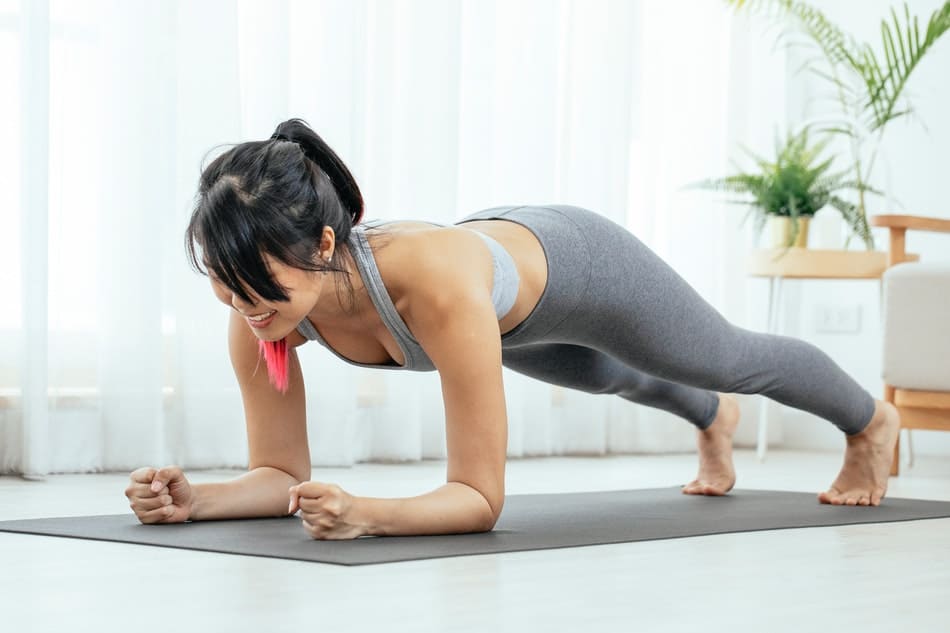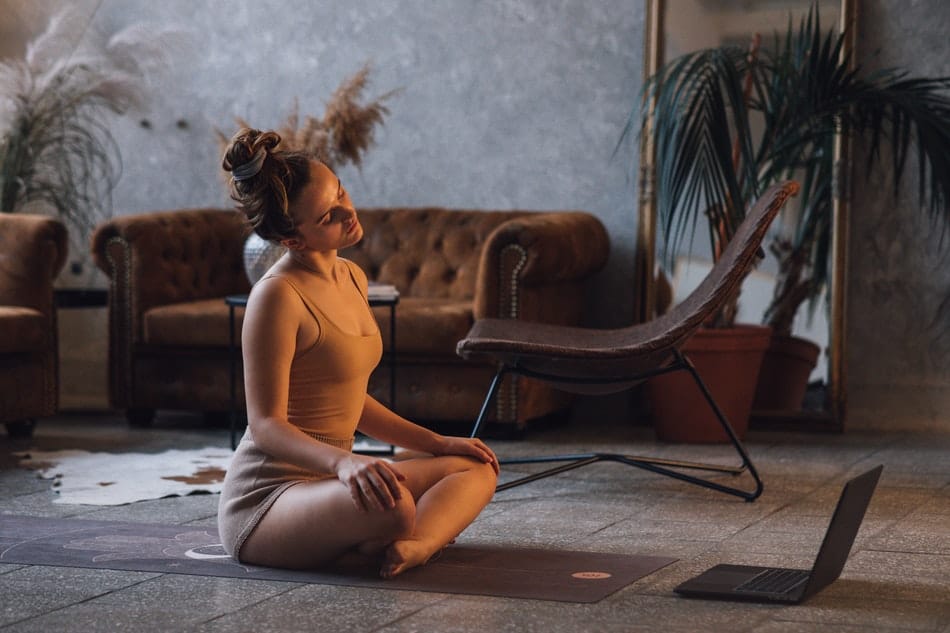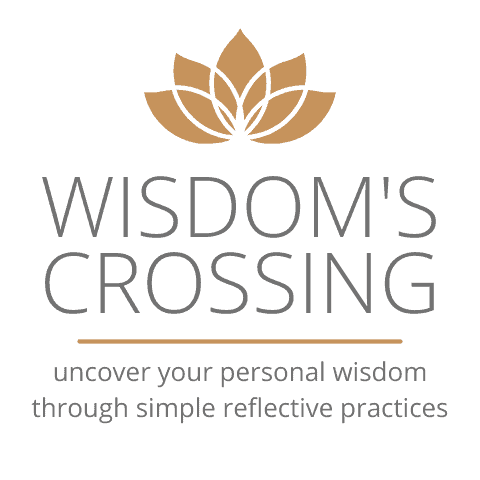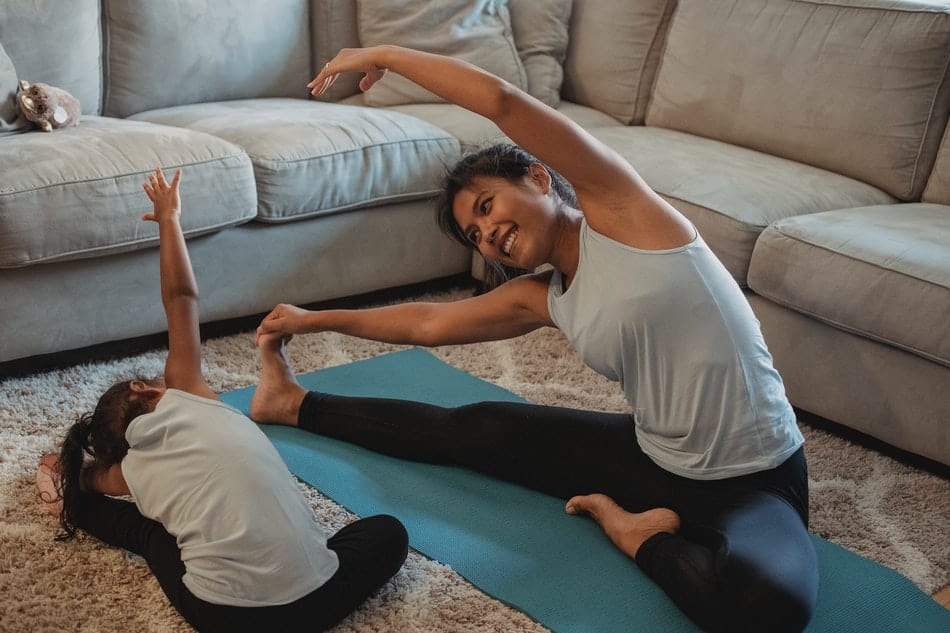If you are looking for a challenging and energetic form of yoga, vinyasa flow is the style for you! But what is a vinyasa yoga flow? In this article, I will discuss the basics of vinyasa flow yoga and provide tips on how to get started. Let’s get started!
Vinyasa yoga flow is a type of yoga that emphasizes movement and breath. It is often considered to be a more active form of yoga and can be helpful for those who are looking to build strength and flexibility. Vinyasa classes typically include sun salutations, and may also incorporate other types of flowing movements.
The Benefits Of Vinyasa Yoga Flow
Vinyasa yoga flow is a type of yoga that emphasizes movement and breath.
Here are four benefits of vinyasa yoga flow:
- It helps improve flexibility. Vinyasa yoga flow involves a lot of stretching, which can help improve your flexibility over time.
- It builds strength. Even though it might not look like you’re doing much, vinyasa yoga flow is quite physically demanding. As such, it can help build strength in your arms, legs, and core muscles.
- It improves cardiovascular health. The combination of physical activity and deep breathing in vinyasa yoga flow can help improve your cardiovascular health by increasing your heart rate and improving blood circulation.
- It calms the mind. The focus on breath and movement in vinyasa yoga flow can help to calm the mind and relieve stress.
If you’re looking for a workout that can improve your flexibility, build strength, and calm your mind, then vinyasa yoga flow is a great option for you.

Vinyasa Yoga Poses To Try
Vinyasa yoga is all about flowing from one pose to the next. As you move through each asana, you link your breath with your movement, creating a fluid, uninterrupted flow. This type of yoga is often called “flow” yoga because of this continuous movement. Vinyasa classes tend to be more vigorous than other types of yoga classes, making them great for people who are looking for a workout as well as a way to relax and de-stress.
There are countless vinyasa yoga poses out there, but I’ve compiled a list of some of my favorites for you to try.
Downward-Facing Dog
Downward-facing dog is a popular yoga pose. To get into a downward-facing dog, start on your hands and knees in a “tabletop” position. Make sure your wrists are directly under your shoulders and your knees are directly under your hips. Then open your fingers wide and press firmly into the palms of your hands.
As you exhale, properly tuck your toes under, then lift your hips, straightening your legs as much as possible. Your body should form an upside-down “V” shape. Keep pressing into the palms of your hands and spreading your fingers wide as you continue to lengthen out through the crown of your head.
To come out of the downward-facing dog, press into your heels and begin to walk your hands back toward your feet. Come into a standing position or take a child’s pose (see below) if you need a break.
Downward-facing dog is an excellent stretch for the entire body. It lengthens the spine, shoulders, and hamstrings while also strengthening the arms and legs. This pose can also help to relieve stress and tension headaches. Try holding a downward-facing dog for at least five deep breaths before moving on to the next pose.
Child’s Pose
The child’s pose is a restorative yoga pose that is often used as a counterpose to more challenging asanas. To get into a child’s pose, start on your hands and knees in a “tabletop” position. Make sure your wrists are directly under your shoulders and your knees are directly under your hips. As you exhale, bring your butt back to rest on your heels and try to reach your arms forward, placing them palm-down on the mat in front of you.

You can either keep your palms flat on the mat or cup them together in a prayer position. If you have any pain or discomfort in your knees, place a blanket under them for support.
A child’s pose is a great way to stretch out the back and shoulders while also calming the mind. This pose can help to relieve stress and anxiety. Try holding the child’s pose for at least five deep breaths before moving on to the next pose.
Warrior I
Warrior I is a standing yoga pose that is often used as a transition between other, more challenging poses. To get into Warrior I, start in mountain pose (see below). Place your left foot back about four feet and turn your left heel so it’s pointing outward at a 45-degree angle. Then bend your knee until it’s directly over your right ankle and sink into the lunge.
As you exhale, sweep your arms up overhead, palms facing each other with the fingers interlaced. Gaze up at your hands and hold the pose for five deep breaths. To come out of this pose, release your arms back down to your sides and press into your feet to stand up. Then repeat on the other side.
Warrior I is a great way to stretch out the front of the body while also strengthening the legs and core. This pose can also help to improve balance and concentration. Try holding Warrior I for at least five deep breaths before moving on to the next pose.
Mountain Pose
Mountain pose is one of the most basic yoga poses, but don’t let that fool you – it’s still a great way to stretch out the body and relieve stress! To get into mountain pose, start standing with your feet hip-width apart. Allow your arms to hang down at your sides and take a few deep breaths.
As you exhale, begin to sweep your arms up overhead, interlacing the fingers with the palms facing each other. Gaze up at your hands and hold the pose for five deep breaths. To come out of the pose, release your arms back down to your sides and take a few more deep breaths.
Final Words
Overall, vinyasa yoga flow is a type of yoga that emphasizes linking breath with movement. It is often faster-paced and more physically challenging than other types of yoga. Vinyasa can be a great workout for both your mind and body, but it’s important to find the right class and teacher for your level. With regular practice, you’ll soon see the many benefits of vinyasa yoga flow!
Related Articles

